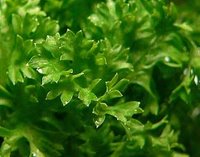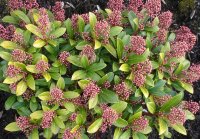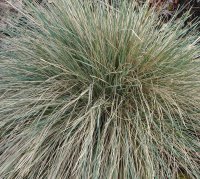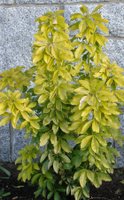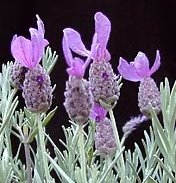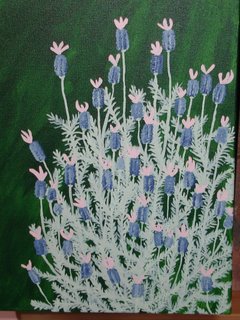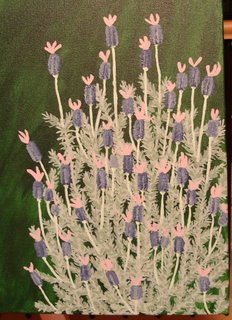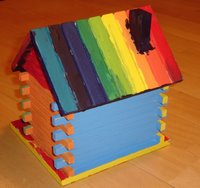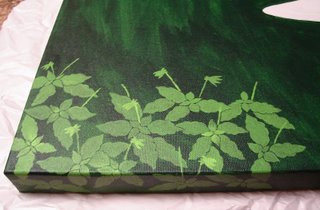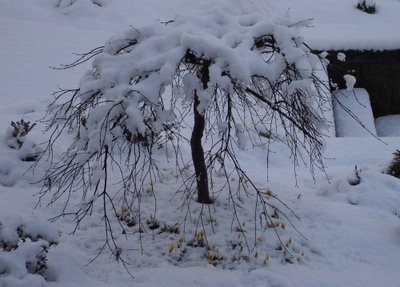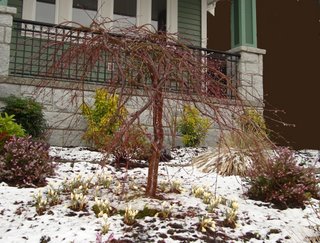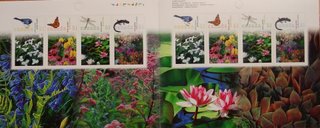My first thought was a tabouleh salad. There are many variations on tabouleh, the more authentic middle eastern ones having a large proportion of parsley, the western ones having a high proportion of bulgur. But I don't have bulgur on hand, and this anyhow is something which the children may not share my taste for, so I kept looking, and found the perfect recipe : parlsey-walnut pesto.
The recipe, which I found at here on the site www.care2.com, was inspired by Mediterranean Vegan Kitchen (view at Amazon.ca) (or view at Amazon.com
) by Donna Klein (HP Books, 2001). Here goes:
Parsley - Walnut Pesto
- 1/2 cup chopped walnuts, toasted (see Hint)
- 1/4 cup extra-virgin olive oil
- 1 cup packed fresh flat-leaf (Italian) parsley
- 1/4 cup vegetable broth
- 6 cloves garlic, peeled
- 1 Tablespoon plain unseasoned bread crumbs
- 1/2 teaspoon coarse salt, or to taste
- 16 ounces spaghettini or other thin pasta
1. In a food processor fitted with a metal blade, process walnuts, oil, parsley, broth, garlic, bread crumbs, and salt until smooth.
2. Cook pasta in boiling water until al dente. Reserve 1/4 cup cooking liquid, then drain pasta in colander.
3. Place pasta in a large serving bowl and add the parsley-walnut pesto and reserved cooking liquid. Toss well to combine and serve at once. Serves 6.
Helpful Hints - To toast walnuts, bake in a single layer on a baking sheet in preheated oven at 350F for 5 minutes, stirring halfway through baking. Or heat a skillet to medium, then add nuts and cook, stirring constantly, until golden, 3 - 5 minutes. Remove from pan to cool.
I didn't have walnuts on hand, so I used pine nuts, not roasted (I'm too lazy). Also, no vegetable broth, just used water, and increased it to 1/2 cup, so that the pesto would combine in the food processor. It was a very thick consistency, and the garlic was very sharp, so I decided that it would benefit from being cooked slightly, and made into a pesto cream sauce.
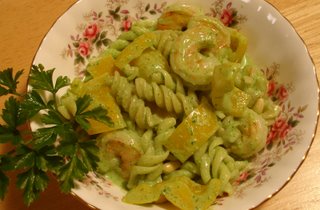 I used fusilli, my preferred pasta shape for cream sauces. I removed the tails of the jumbo shrimp, and fried them lightly in oil / butter until opaque and pink, set them aside. Sauteed chopped yellow pepper (red may have looked better) in oil and a small amount of water until soft, a few minutes. Added the pesto, and simmered for about 5 minutes. Added in cream and milk, for a creamy consistency, continued to heat until pasta was ready. Added in drained pasta and added back the shrimps, and heated for another 5 minutes, to allow some of the sauce to be absorbed. The photo shows the result. The taste was very good!
I used fusilli, my preferred pasta shape for cream sauces. I removed the tails of the jumbo shrimp, and fried them lightly in oil / butter until opaque and pink, set them aside. Sauteed chopped yellow pepper (red may have looked better) in oil and a small amount of water until soft, a few minutes. Added the pesto, and simmered for about 5 minutes. Added in cream and milk, for a creamy consistency, continued to heat until pasta was ready. Added in drained pasta and added back the shrimps, and heated for another 5 minutes, to allow some of the sauce to be absorbed. The photo shows the result. The taste was very good!
This parsley pesto will be a new favourite recipe of mine, since I always have an abundant supply of parsley in the garden, and have not had success with sweet basil (except to feed the slugs). I grew African blue basil one year, it is a beautiful plant, but for a whole season of growth, it yielded such a small amount of leaves, that I needed to add in other herbs to make one small batch of pesto.

